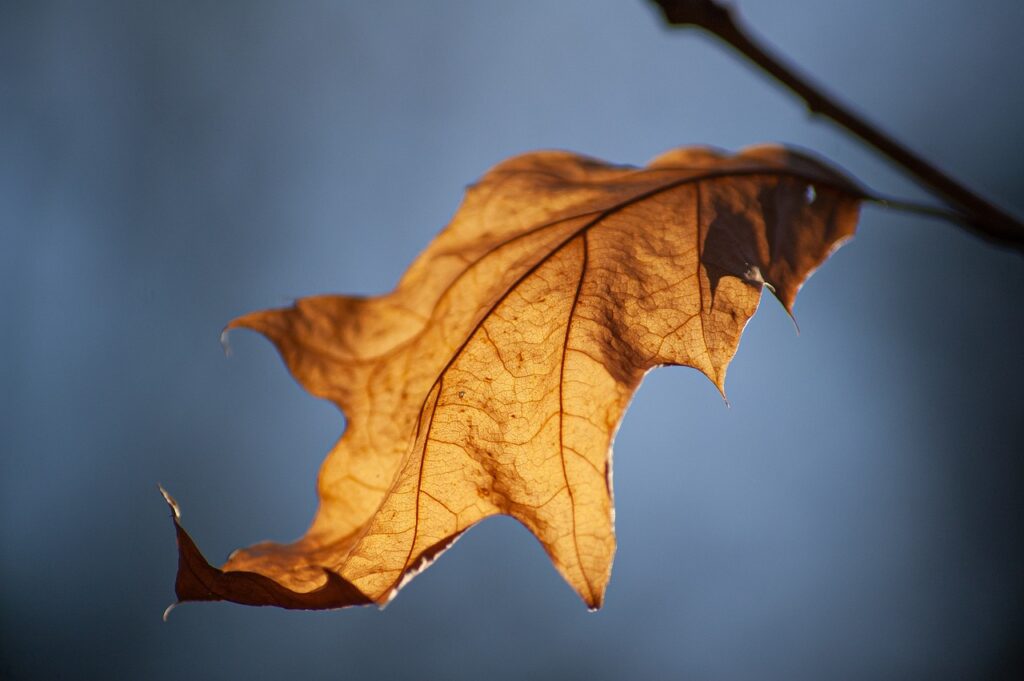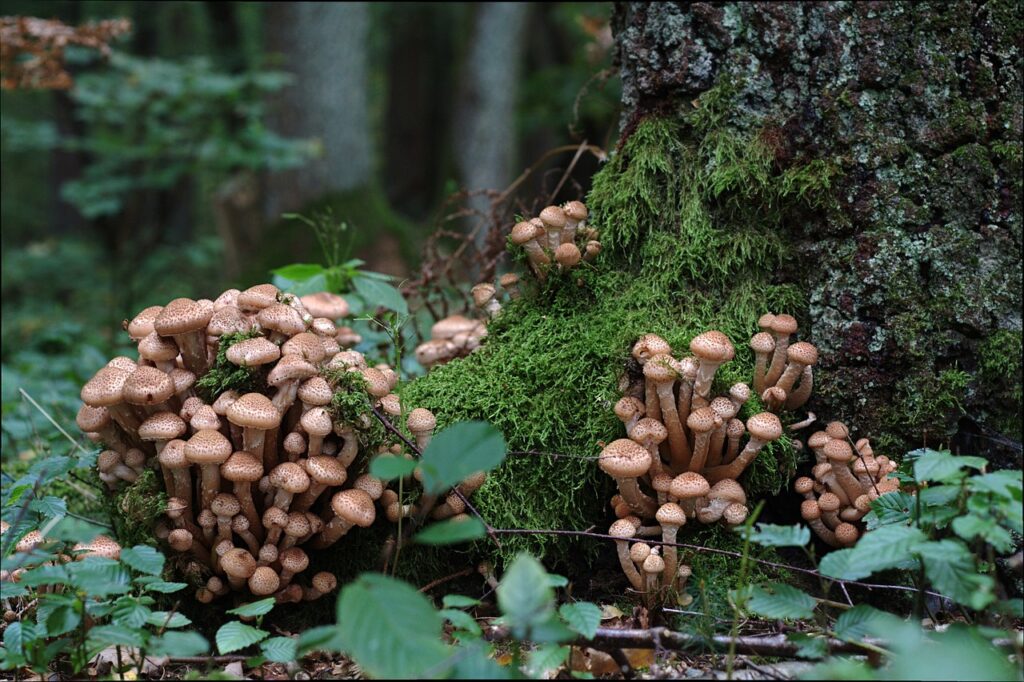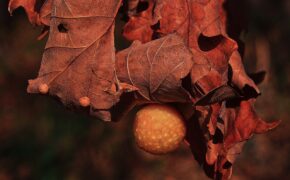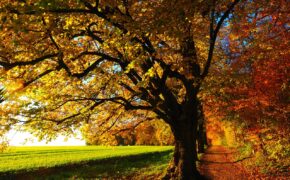
Get a quick no obligation quote It’s free and will only take a jiffy!
How to Spot Root Rot in Trees and What You Can Do About It
Root rot is one of the most common and concerning diseases affecting trees in the UK, yet it often goes unnoticed until it’s too late. The problem starts underground, where the roots are hidden from view, making it difficult for homeowners to spot the early signs. In this blog, we’ll explain what root rot is, how to recognise it, and what you can do to prevent or treat it in your garden.
What is root rot?
Root rot is a fungal disease that affects a tree’s root system, causing it to decay and break down.
The fungi responsible for root rot, such as Phytophthora or Armillaria (also known as honey fungus), thrive in overly wet, poorly drained soils. Once the roots are infected, they lose the ability to absorb water and nutrients, which weakens the tree over time.
Which trees are most vulnerable?
In the UK, root rot can affect a wide range of tree species. Trees that are more susceptible include:
- Beech (Fagus sylvatica)
- Oak (Quercus robur)
- Birch (Betula pendula)
- Horse Chestnut (Aesculus hippocastanum)
- Scots Pine (Pinus sylvestris)
While almost any tree can develop root rot if the conditions are right, these species tend to suffer more in areas with waterlogged or compacted soils.
How to spot the signs of root rot
Since root rot begins underground, it can be tricky to detect. However, there are some tell-tale signs that homeowners can look out for:
- Wilting or Yellowing Leaves: If the tree’s leaves are wilting, yellowing, or dropping prematurely, even though the tree has been watered, this could be an early sign of root rot.
- Stunted Growth: Trees affected by root rot may not grow as vigorously as they should. You may notice fewer or smaller leaves, or the tree might appear “stuck” at its current size.
- Mushrooms or Fungal Growth: Fungal growth around the base of the tree, especially honey-coloured mushrooms, can indicate the presence of root rot fungi like Armillaria.
- Loose or Peeling Bark: Root rot can cause the bark to become loose, crack, or peel away, particularly at the base of the tree.
- Soft or Spongy Wood: If the base of the tree or its roots feel soft or spongy, this is a major sign that decay is setting in.

What causes root rot?
The primary cause of root rot is waterlogged soil. This can occur in areas with poor drainage, compacted soil, or where heavy clay is present.
In these conditions, the roots are deprived of oxygen, creating a perfect environment for fungi to thrive. Excessive watering or poor landscaping around the tree’s base can also contribute to the problem.
What can you do about root rot?
While root rot is a serious disease, there are steps you can take to prevent or manage it:
Improve Soil Drainage: One of the best ways to prevent root rot is to ensure your tree has well-draining soil. If water tends to pool around the tree’s base after rain, consider improving drainage by aerating the soil or creating channels for excess water to escape.
Avoid Overwatering: Trees, especially established ones, don’t usually need regular watering in the UK climate. Make sure you’re not overwatering, and avoid letting water collect around the roots.
Remove Infected Roots: If you’ve caught root rot early, it may be possible to save the tree by carefully removing infected roots. This is a delicate process best done by a professional tree surgeon to avoid further damage.
Fungicide Treatment: In some cases, applying a fungicide can help stop the spread of root rot, though this depends on the extent of the infection and the type of fungus involved.
Monitor Your Tree’s Health: Keep an eye on your trees throughout the year. If you notice any of the signs of root rot, call a professional tree surgeon to assess the situation before the problem worsens.
When to call a professional tree surgeon?
If you suspect your tree has root rot, it’s best to contact a tree surgeon as soon as possible. Root rot can be challenging to diagnose and even harder to treat without the right expertise.
A qualified tree surgeon will be able to assess the tree’s condition, suggest treatments, and advise whether the tree can be saved or if it needs to be removed to prevent the disease from spreading to other trees in your garden.
Preventative care: how to keep your trees healthy
The best way to combat root rot is to ensure your trees are healthy and resilient. Here are a few simple tips to keep your trees thriving:
Mulching: Apply a layer of organic mulch around the base of the tree, leaving a gap near the trunk. Mulch helps retain moisture and regulate soil temperature while keeping the roots well-protected.
Pruning: Regularly prune dead or weak branches to improve airflow and reduce the risk of fungal infections.
Check Soil Drainage: After heavy rain, inspect the area around your tree’s base. If water is pooling, you may need to take action to improve drainage.
Monitor Watering: In particularly dry periods, water deeply but infrequently to encourage the tree’s roots to grow deeper.
Looking for professional help with any sort of tree problem?
Root rot is a serious but preventable problem that can affect trees across the UK. By understanding the causes, recognising the signs, and taking proactive steps to care for your trees, you can help prevent this hidden killer from taking root in your garden.
If in doubt, get in touch with TH Trees Ltd for expert advice and assistance. Your trees are a valuable part of your garden, and with the right care, they can stay healthy for many years to come.
Had a fallen tree in the early hours of Monday morning, called for quote and the team had it cleared on the same day. Really good communication when the lads were onsite and did a great job. Lots of pride in their work shown with the thorough clear up. Would thoroughly recommend.
Thank you Stuart for your kind review. We were glad to be able to help you with your fallen tree. If there's anything else you need in the future, please don't hesitate to get in touch.









